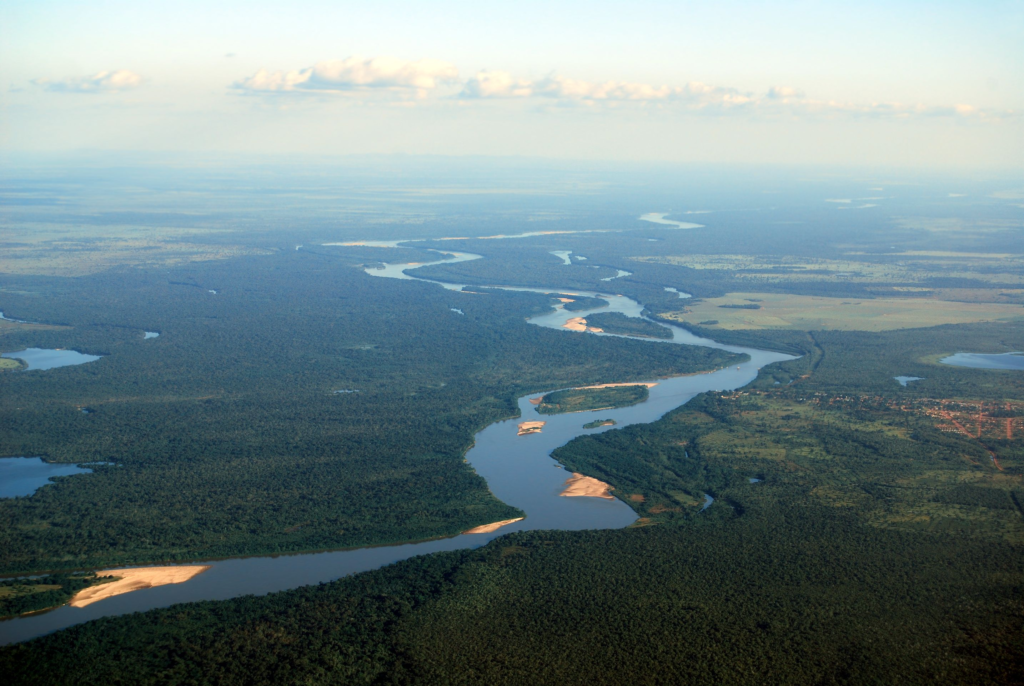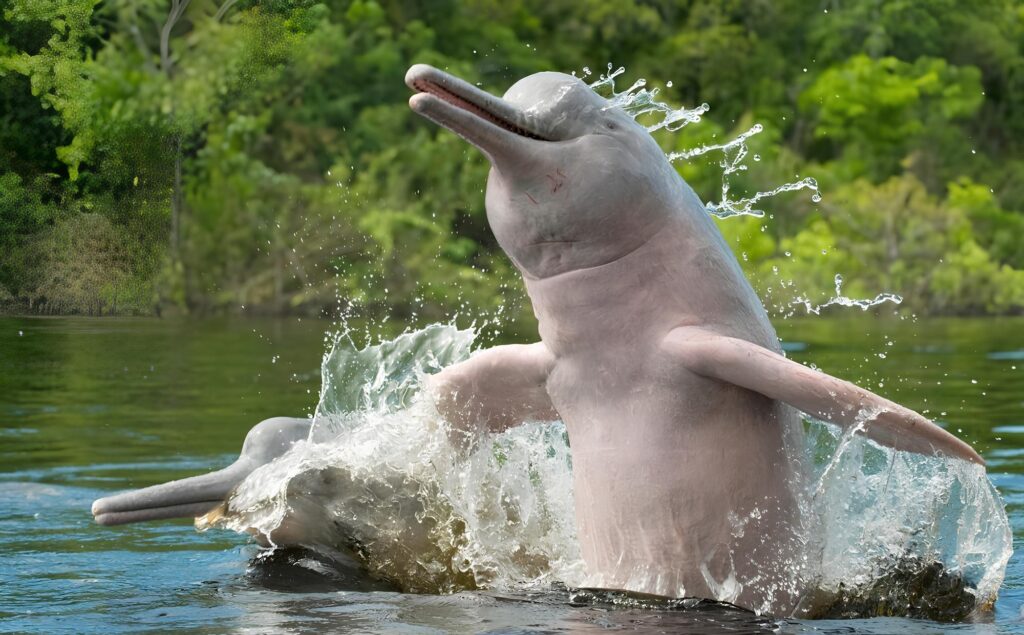Hey guys! Today I will share with you a fascinating dive into the natural beauty and rich riverside culture of Brazil. The starting point of this adventure is the source of the majestic Araguaia River, located in the stunning Serra dos Caiapós, on the border of the States of Mato Grosso and Goiás. In this post, we will explore the 2,115 kilometers of this natural treasure and discover what makes it so special.
Exploring the Source and Extent
The journey begins at 850 meters above sea level, and throughout its 2,115 kilometers, the Araguaia River enchants with its diversity and grandeur. Its mouth, located next to the Tocantins River, creates a unique spectacle of nature. The tributaries on the right bank, such as the Javaés, Caiapós, Crixás, Sul, Rio Vermelho and Rio Claro rivers, and on the left bank, such as the Rio das Mortes, Rio Tapirapé and Rio das Graças, contribute to the vitality of this watercourse. .

Riverside Economy in Focus
“Ribeirinho” is the name given by the Brazilian State to characterize the population of communities that have a lifestyle directly linked to rivers. They are a people who live in harmony with nature and they learned to deal with the limitations and challenges imposed by the river and the forest, adapting their daily lives and way of living to guarantee their survival.
The houses of riverside residents are mainly built with wood. Most are in the form of stilts, which are located close to the river banks. The stilt houses are built a few meters above the river level to prevent them from being invaded by water during floods.

The economy along the banks of the Araguaia River is vibrant, directly influencing the lives of riverside communities. Fishing, agriculture and tourism are the pillars that support these populations. It is impossible not to mention the floating islands and sport fishing, which attract visitors looking for unique experiences. With 1,800 km of navigable waters, the river becomes a vital corridor for the flow of agricultural and industrial production from the surrounding states.

Ecology in Harmony
When we talk about ecology, the Araguaia River plays a crucial role in preserving the biome's fauna and flora. In the crystal clear waters of the river, you can find a variety of fish, including the piraíba, the largest freshwater fish in South America, which can reach up to 3 meters in length and weigh up to 200 kilos. Piranhas, peacock bass, dorado and many other species are also found.

One of the most captivating species on the Araguaia River is the Araguaia dolphin, a species of river dolphin identified only in 2014!
In addition to the species that live in the water, blue macaws, the harpy eagle (one of the largest birds in the world!) and jaguars also live around Araguaia.

Curiosities:
- The Araguaia River is the second largest river in the Amazon basin, after the Tocantins River.
- Bananal Island, which is located in the Araguaia River, is the largest river island in the world.
- The Araguaia River is an important migratory corridor for fish, birds and mammals.
Tribes and Parks
We cannot forget the strong presence of some Indigenous Nations, such as the Javaé and Carajá, who find the river a sacred environment. Furthermore, two national conservation parks, Parque Nacional das Emas and Parque Nacional Araguaia, bear witness to the importance of this ecosystem, being managed by the Chico Mendes Institute for Conservation and Biodiversity.

References
Araguaia dolphin: characteristics, food, conservation, information and much more | Fisherman's Blog




